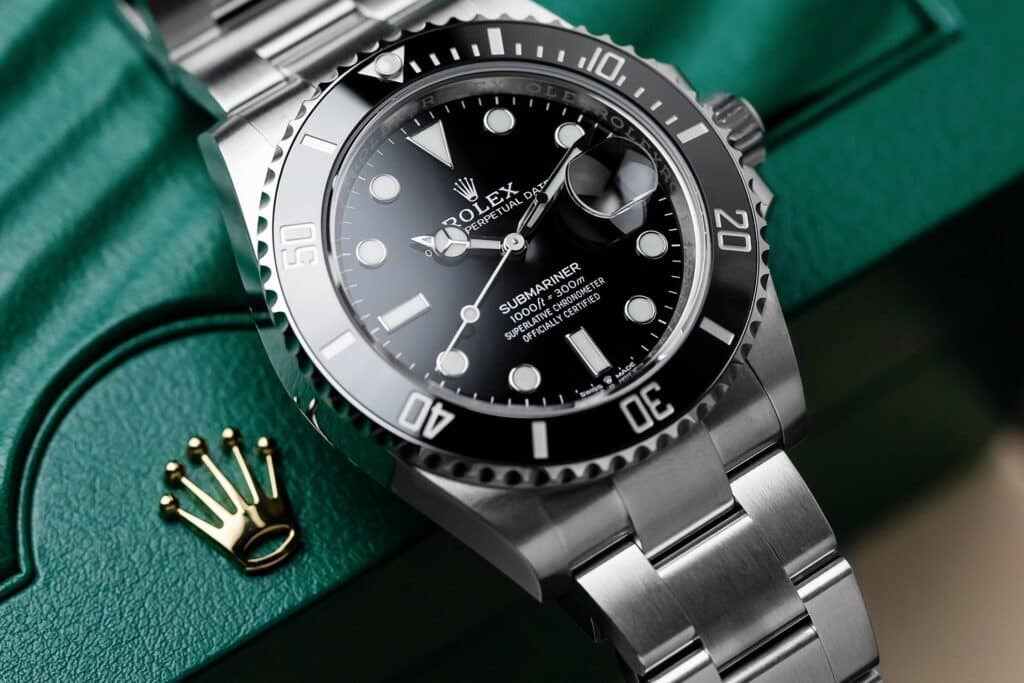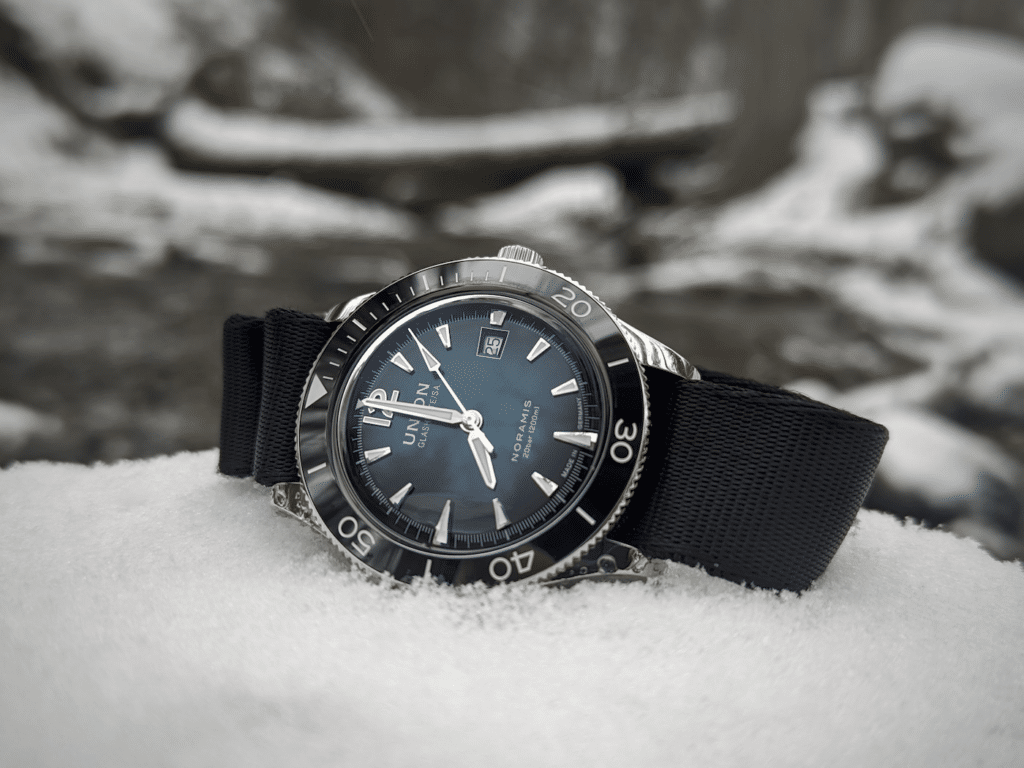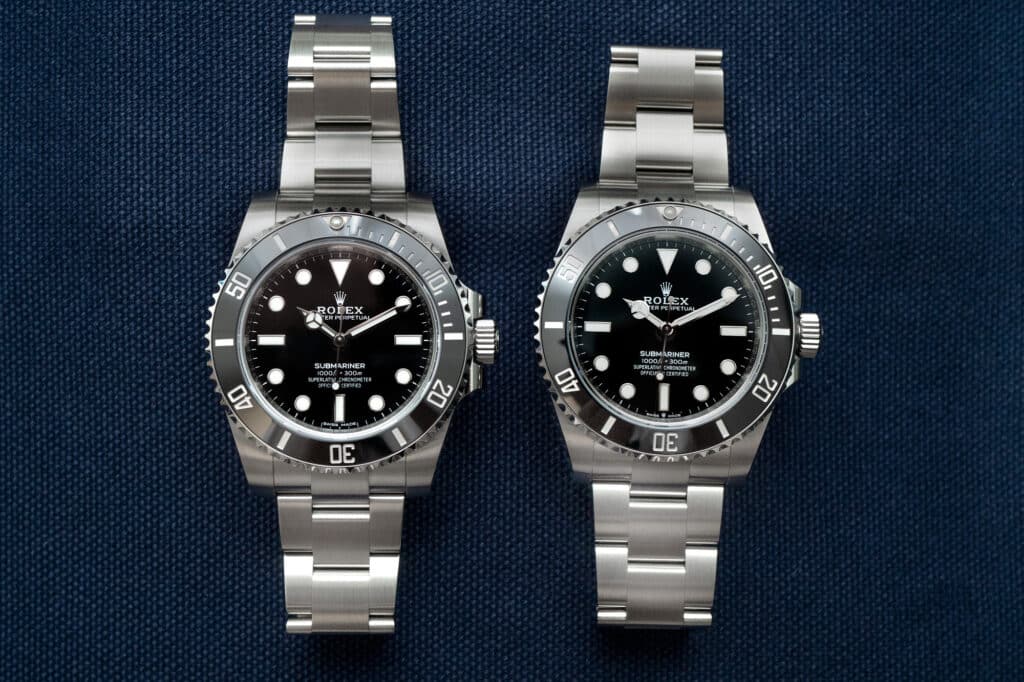Introduction
In horology, every element of a watch counts; lug width is no exception. For those who enjoy watches, the lug width is a basic parameter that affects the comfort, style, and general look of a watch. Anyone who wants to replace a watch strap, get a specific appearance, or better understand their watch depends on knowing how to measure lug width properly. This post will explore the lug width, how to measure it precisely, why it’s crucial, and respond to some often-asked concerns to provide you with a whole reference on this crucial watch component.
Understanding Lug Width And Its Function In Watch Design
The “protrusions” are the small extensions at the top and bottom of a watch case where the strap or bracelet attaches. Typically measured in millimeters, this width between the protrusions is crucial when selecting a new strap or bracelet for your watch. It plays a significant role in determining how the watch will fit and look on your wrist, whether you’re opting for a strap for practicality or style enhancement. An incorrect size can make a watch feel uncomfortable, look unbalanced, or even risk slipping off, whereas a perfectly aligned strap can enhance the watch’s design.
Why Would Lug Width Affect Watch Straps?

Appreciating the correct strap fit goes beyond just appearance. Over time, strap size affects the wearability, balance, and even lifetime of a watch. If the straps conform tightly to the case, the watch will sit comfortably and securely on your wrist, enhancing its balanced look. On the other hand, overly narrow or too wide straps could leave gaps between the strap and case or, in the worst case, create an unstable connection that might lead to strap failure or loss of the watch.
Apart from security, the strap width shapes the general look of the watch. While narrower straps are typically associated with classic dress watches, wider straps tend to create a bold design, ideal for sports or diving watches. Maintaining form and function requires selecting a strap width that accentuates the watch’s design. Although some straps are designed to flex with the wrist, achieving comfort, stability, and longevity depends on the proper strap fit.
Correct Measurement Of Lug Width
Measuring lug width requires a few tools and a simple technique. The most often used tool is a digital caliper, a precision instrument able to gauge the width between lugs in millimeters precisely. Though it may not be as exact, a basic ruler with millimeter markings can also function for individuals without access to a caliper.
Measuring the lug width using a Digital Caliper: Position the caliper tips within the lugs where the watch strap connects. Gently change the caliper until it reaches both lugs’ inner edges; then, read the measurement on the display. This measurement will yield a millimeter-based lug width.
Measuring the lug width with a ruler will help you in case you do not have a caliper. Starting at the top of the lugs, line the zero point with one lug’s inner edge and then read the measurement at the other inner edge. Match conventional lug width measurements by measuring in millimeters. A ruler can provide a near estimate of the lug width even if it may not offer exact accuracy.
Usually seen in even-numbered increments like 18mm, 20mm, and 22mm, this sizing simplifies selecting suitable straps with consistent widths. For the best fit, round to the nearest standard size if your measurement falls between two standard dimensions.
Common Lug Widths And Their Applications

The style, brand, and intended purpose of the watch will all affect the variations in lug width measurements. Common lug widths and the kinds of timepieces they are typically found on are listed here:
Often found on dress watches or historical models, 18mm and 20mm Lug Widths suit the watch’s refined, modest look because they have a smaller strap.
Popular for both daily watches and sports watches, 22mm lugs fit a wide spectrum of designs because they provide a balanced look that is neither too thin nor too heavy.
Large timepieces, especially diving watches or tough outdoor models, can feature 24mm or bigger lug widths. Appropriate for active use and broader wrists, these offer more security and durability.
Understanding this measurement helps you select a strap that accentuates your watch’s style. For a dress watch, a slim leather strap adds classic charm, while on a sports watch, a thicker rubber or NATO strap creates a bold look.
Why Consistency Of Lug Width Matters
Ensuring consistency in strap selections starts with accurate measurements, so you can choose a strap that fits perfectly. Straps are typically designed to complement the watch’s proportions; an ill-fitted strap disrupts this balance. Additionally, durability is closely tied to proper fit. A strap that’s too narrow can slip or leave gaps, leading to unnecessary wear on the spring bars holding it in place. Conversely, a strap that’s too wide may not fit or could strain the lugs, causing potential long-term damage.
Matching the right lug width guarantees that your watch will be both comfortable and safe, thus extending its lifetime and beauty. Following the standard measurement will also enable you to access a greater range of premium strap options without sacrificing fit or beauty since watchmakers frequently have specialized strap designs suited for the lug width.
How Do You Select The Correct Strap Depending On The Lug Width?

Once you have decided on your lug width, you will need to find a strap type that fits not only your width but also your taste and lifestyle. Leather or cloth straps provide comfort and adaptability in sizes usually corresponding with normal lug widths for daily wear. Designed for durability in either active or aquatic situations, dive watches can feature rubber straps or metal bands that fit bigger lugs.
NATO or Zulu straps are excellent choices for a laid-back style and frequently span a large variety of sizes. Larger watches notably benefit from these straps since they provide both a military-inspired look that fits field watches and other sturdy designs and safe attachments. Since metal bracelets often lack the flexibility of fabric or leather, they are another option that looks sophisticated but calls for exact lug width alignment.
Matching your lug width to the strap width maintains the watch’s balance, comfort, and aesthetically pleasing appearance. Many companies have straps made especially to match their watch models; hence, if you are purchasing a new strap, consider asking the manufacturer whether they have choices for the exact lug width of your watch.
Conclusion
Any watch enthusiast should know how to measure their watch for a new strap or bracelet. This step is essential, as strap size affects the fit, look, and performance of the watch. You can measure the required strap width easily with tools like a digital caliper or a simple ruler. Whether you prefer leather, metal, or fabric straps, understanding the right dimensions will help you select the perfect fit, enhancing comfort, durability, and style.
As you explore ways to personalize your watch, choosing the right strap size lets you highlight the best features of your timepiece. So, before picking out a new strap, start by measuring—it’ll make all the difference in achieving that ideal fit and look.
Frequently Asked Questions
1. Can I Use A Strap With A Different Lug Width Than That Of My Watch?
Generally speaking, it is not advised to use a strap with a lug width that does not match your watch as it may cause wear on the lugs, an unstable fit, or perhaps cause the strap to slip off. Additionally, a mismatched width could make the watch seem uneven on the wrist. Some strap designs allow for little changes depending on need but match the lug width perfectly for optimal fit and lifetime.
2. Should a strap fit the lug width of my watch? How can I find out?
Most straps list the lug width in millimeters, making it simple to fit your watch. To be sure your watch fits, always measure the lug width of your watch; refer to the strap description or specs to confirm. If you buy online, especially if the strap seems near but not exact, think about asking the vendor to confirm the measurements.
3. Several kinds of lugs exist, and does their width measurement change?
Indeed, straight, curved, and hooded lugs are among the several lug shapes that could influence the strap’s sit-on-the-watch position. Nevertheless, these differences usually have little effect on the width; you still measure between the lugs’ inner edges independent of their design. See a watch specialist or refer to the instructions for the watch to help with unusual lug designs.
4. Should I replace my watch strap often? Does lug width have any bearing on lifetime?
The material and frequency of wear determine a watch strap’s lifetime more than the lug width. But since a strap that fits tightly to the lug width won’t move or scrape against the case, it is less likely to undergo too much wear. Although rubber or fabric straps used in tough environments may need repair sooner, replacing a watch strap every few years is usually advised.
5. Are unusual lug widths used by other watch brands?
While some upscale brands may utilize unique sizing, particularly on particular models, most watch brands follow conventional lug width measures. Under these circumstances, replacing straps could require either using a bespoke strap or buying straight from the brand. If the strap looks unusual, always find out the precise lug width from the manufacturer.








